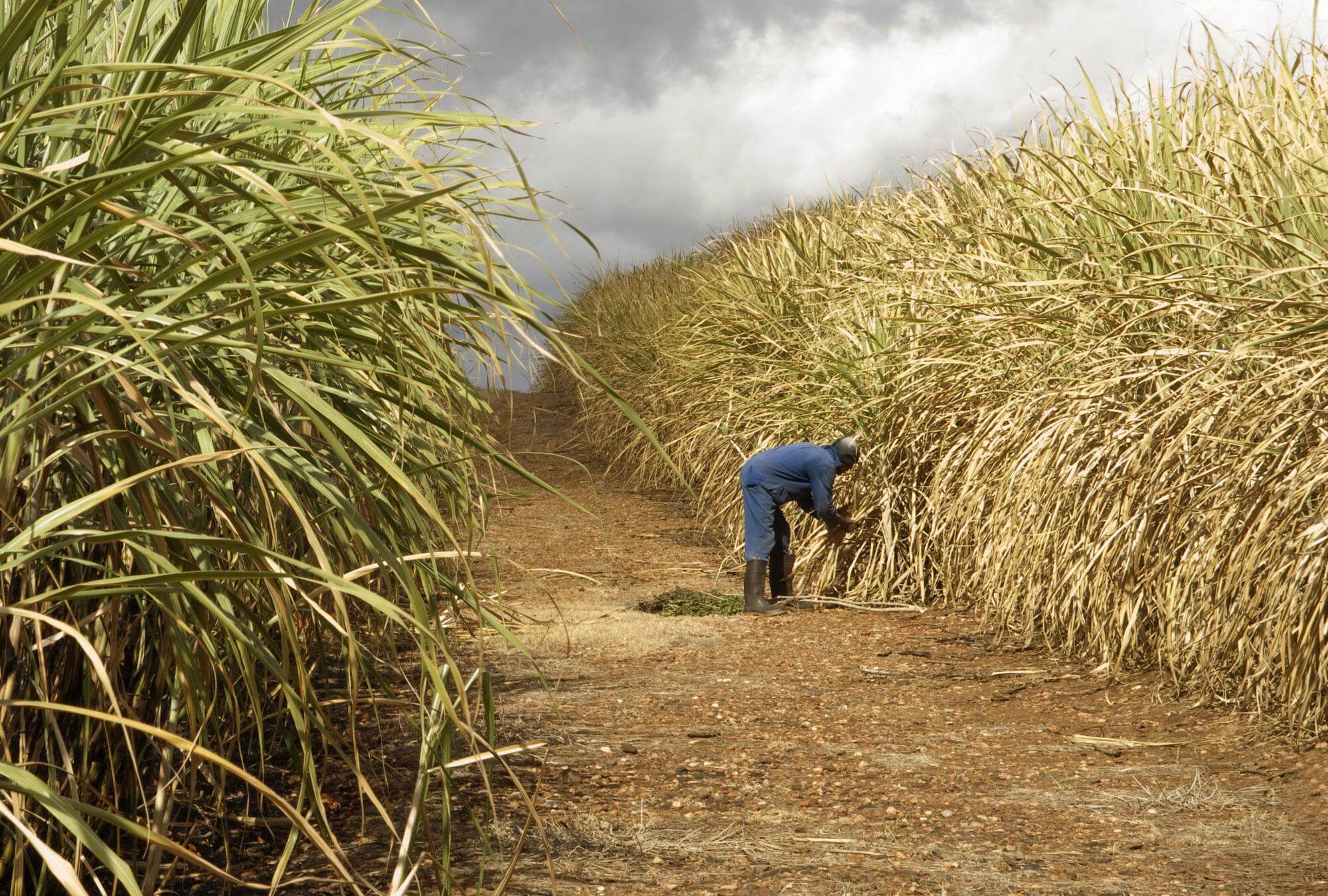
In an effort to combat the acute sugar shortage in Kenya, the Agricultural and Food Authority of Kenya (AFA) has mandated that the 16 sugar millers in the Western and Coastal regions harvest sugarcane exclusively within their designated regions. This decision comes as a response to the findings of the National Assembly Departmental Committee on Agriculture and Livestock, which identified poaching, lack of policy framework, and unhealthy competition from cheap sugar imports as the primary causes of the shortage.
The regional restriction on sugarcane harvesting is aimed at curbing cane poaching, which has escalated in recent years and led to conflicts among millers. AFA Acting Director Jude Chesire announced the delineation of the sugar belt into six regions, intended to limit conflicts and prevent a scramble for cane among the millers. Chesire emphasized the importance of regional consultations between millers to develop and implement cane development and harvesting programs, which must be submitted to the Sugar Directorate by June 2. Accurate data submission in prescribed formats is also mandated to facilitate informed decision-making.
Beyond resolving the sugar shortage, the initiative by AFA aims to ensure the optimal functioning of factories in the face of skyrocketing sugar prices. The directive issued to the managing directors of the 16 sugar millers in the Western and Coastal regions aligns with the recommendations of the Sugar Industry Stakeholders Task Force Report 2019, a 16-member team formed by the government. According to AFA, this arrangement will enable millers to operate within capacities supported by mature cane in their respective regions.
The delineation of operating regions encompasses different counties. The central region includes Kisumu, Nandi, and Kericho counties, while the upper western region encompasses Bungoma, Kakamega (excluding Mumias area), Trans Nzoia, and Uasin Gishu counties. The lower western region consists of the Mumias area, alongside Siaya and Busia counties. The southern region includes Migori, Homa Bay, Kisii, and Narok counties, and the Coast region comprises Kwale, Lamu, and Tana River counties.
However, the implementation of this new law has faced resistance from a faction of farmers, who argue that being restricted to specific millers limits their freedom of choice and discourages healthy competition. Saulo Busolo, chairman of the Kenya National Alliance of Sugarcane Farmers Organisation, expressed concern that tying farmers to inefficient millers could lead to abandonment of sugarcane in favor of alternative crops. He further highlighted the issue of millers accumulating significant amounts of unpaid arrears, suggesting that the situation could worsen if farmers have no other options.
Charles Atyang’, chairman of the Kenya Association of Sugarcane and Allied Products (Kasap), criticized the zoning approach, stating that it fails to offer a solution to reviving the already struggling sugar industry. Atyang’ urged the government to allow cane growers to sell their produce independently to the highest bidder, advocating for a more open and competitive market.
The implementation of the regional sugarcane harvesting restriction has sparked debates among stakeholders, highlighting the complexity of addressing the sugar shortage in Kenya while balancing the concerns and interests of various actors within the industry.
Stay updated with the latest farming tips and agriculture industry news from Africa by subscribing to our newsletter. Don’t miss out on valuable insights and updates. Follow us on Twitter, LinkedIn, and Facebook to join our farming community and stay connected with us.


















